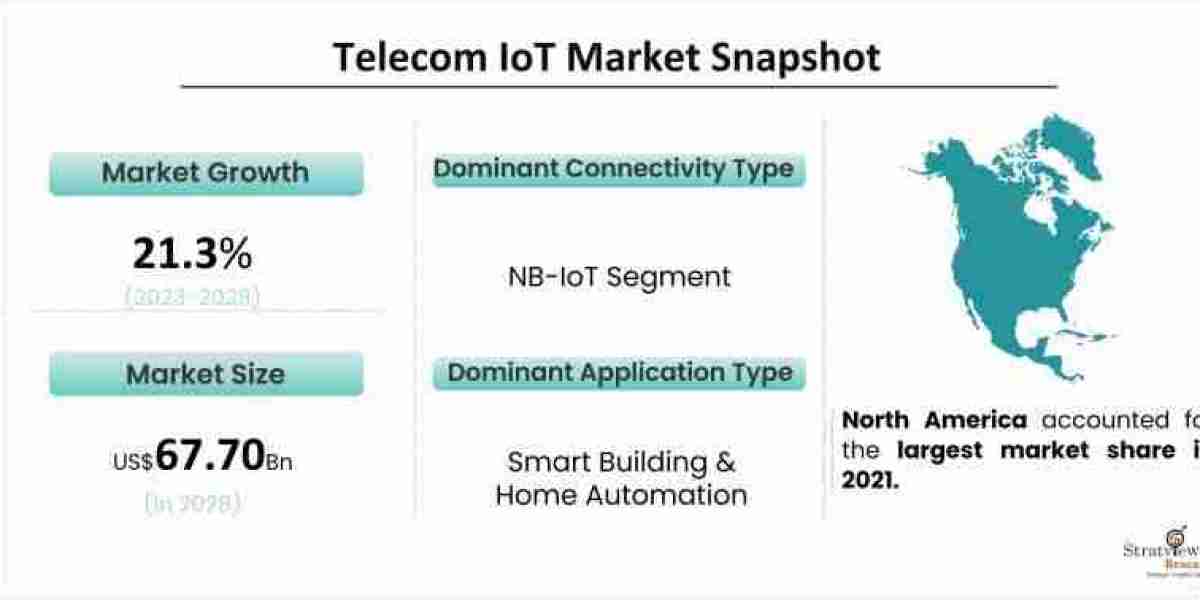The rapid growth of the Telecom Internet of Things (IoT) market has brought about a multitude of benefits and opportunities for businesses and consumers. However, with the proliferation of interconnected devices and the exchange of vast amounts of sensitive data, security challenges have become a critical concern. In this article, we will explore the security challenges faced by the Telecom IoT market and discuss mitigation strategies to address these risks.
One of the primary security challenges in the Telecom IoT market is the vulnerability of interconnected devices to cyber threats. IoT devices often have limited computational power and storage capacity, making them more susceptible to attacks. Furthermore, the diversity of devices and their manufacturers creates challenges in maintaining consistent security standards across the ecosystem.
To mitigate these risks, it is crucial to prioritize device security from the design stage. Manufacturers must incorporate robust security measures, such as secure booting, encryption, and secure firmware updates, to protect IoT devices from unauthorized access and tampering. Regular security audits and vulnerability assessments should be conducted to identify and address any potential weaknesses in the device's security architecture.
Another significant security challenge is the transmission and storage of sensitive data generated by IoT devices. This data can include personal information, business data, and other sensitive details that, if compromised, could lead to severe consequences. It is essential to ensure the confidentiality, integrity, and availability of this data throughout its lifecycle.
The use of encryption protocols, such as Transport Layer Security (TLS), can secure data transmissions between IoT devices, gateways, and cloud platforms. Data-at-rest encryption should also be implemented to protect stored data from unauthorized access. Additionally, strong access controls, including authentication and authorization mechanisms, must be in place to prevent unauthorized individuals from accessing sensitive data.
Furthermore, the complexity and scale of IoT networks present a challenge for effective network monitoring and management. Identifying and responding to security incidents in a timely manner is crucial to minimize damage. Security Information and Event Management (SIEM) systems and Intrusion Detection and Prevention Systems (IDPS) can be deployed to detect anomalous activities and potential security breaches. Continuous monitoring and analysis of network traffic can help identify suspicious patterns and enable prompt response to potential threats.
Interoperability and standardization are also critical considerations in addressing security challenges in the Telecom IoT market. The lack of consistent security standards across IoT devices and platforms makes it difficult to ensure seamless integration and compatibility. Common security frameworks and protocols should be established and adhered to by manufacturers and service providers to ensure a baseline level of security across the ecosystem.
Collaboration among stakeholders is essential to tackle the security challenges collectively. Telecom operators, IoT device manufacturers, and service providers must work together to establish best practices, share threat intelligence, and develop industry-wide security guidelines. Regular information sharing and collaboration with security researchers and organizations can help identify vulnerabilities and develop effective countermeasures.
Education and awareness also play a crucial role in mitigating security risks. Businesses and consumers must be educated about the potential risks associated with IoT devices and the necessary precautions to protect themselves. This includes practices such as regularly updating device firmware, using strong passwords, and being cautious about sharing personal or sensitive information.
In conclusion, while the Telecom IoT market presents numerous opportunities, security challenges cannot be ignored. The vulnerability of interconnected devices, the protection of sensitive data, network monitoring, interoperability, and collaboration are all key aspects to consider in mitigating security risks. By implementing robust security measures, adhering to standards, fostering collaboration, and educating stakeholders, the Telecom IoT market can continue to grow and thrive while ensuring the privacy and security of users and their data.








